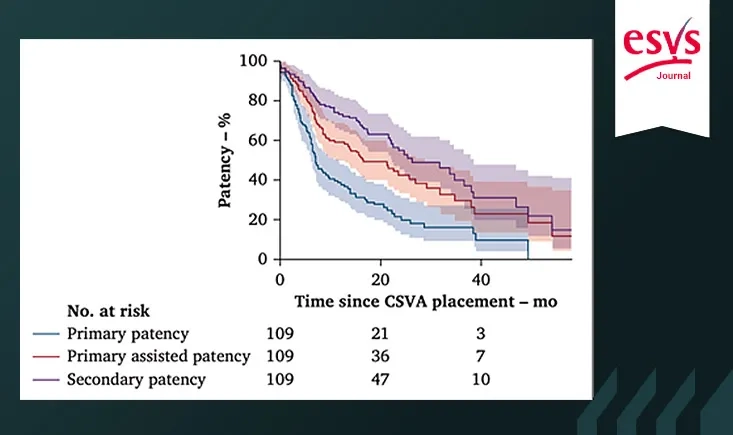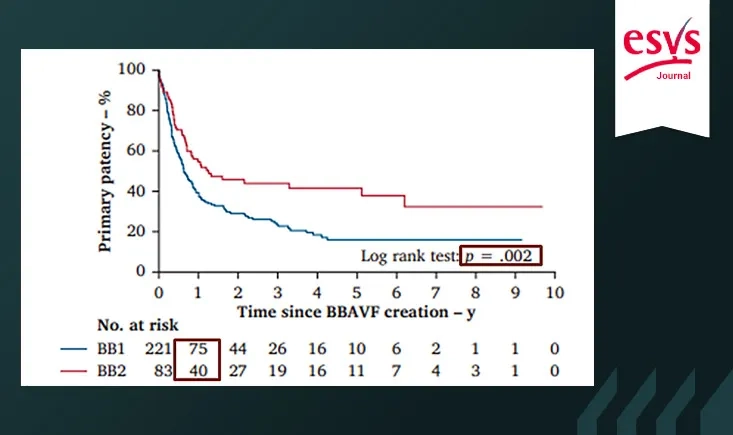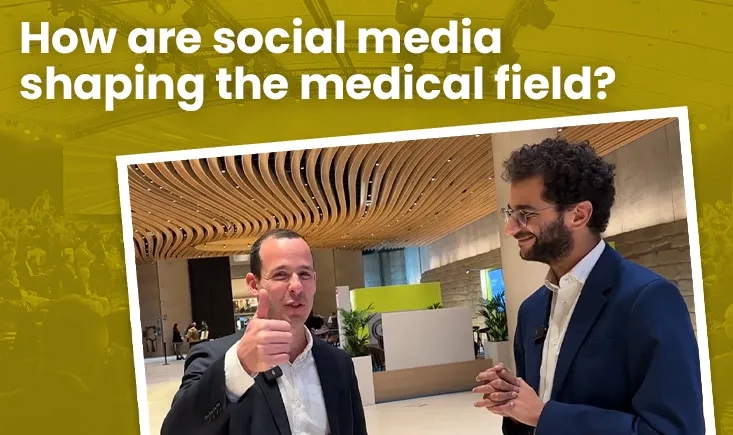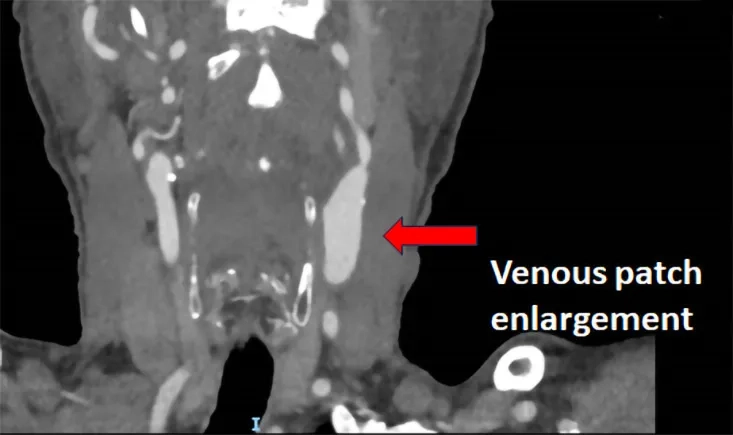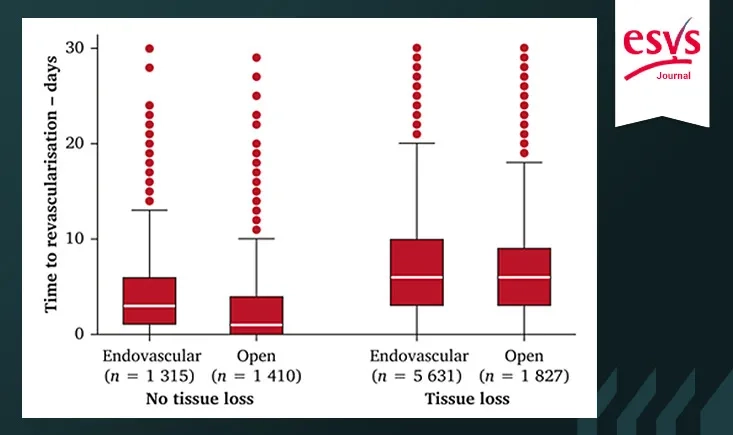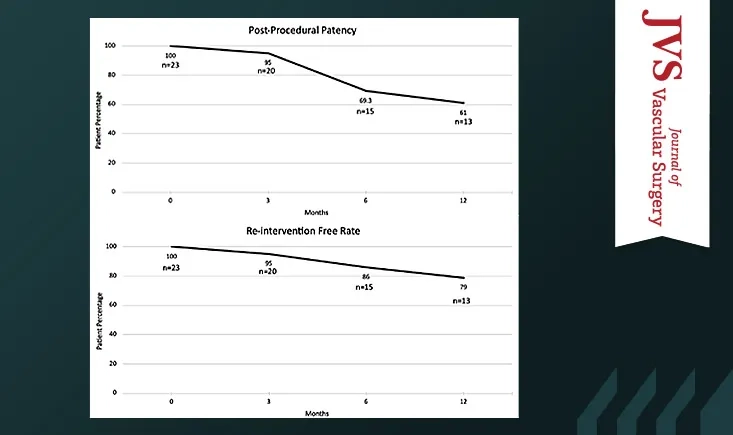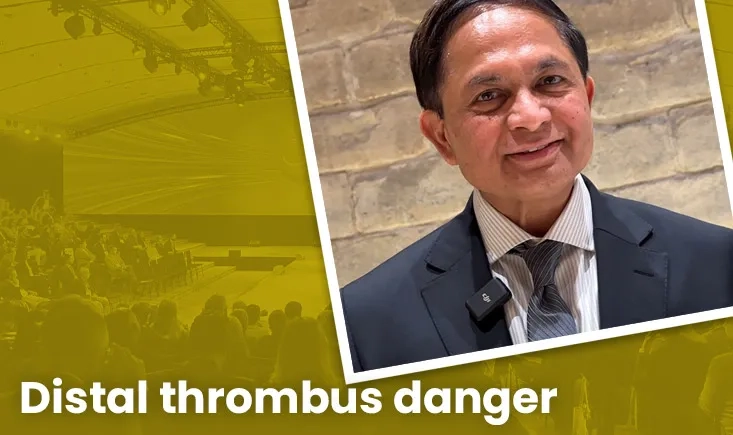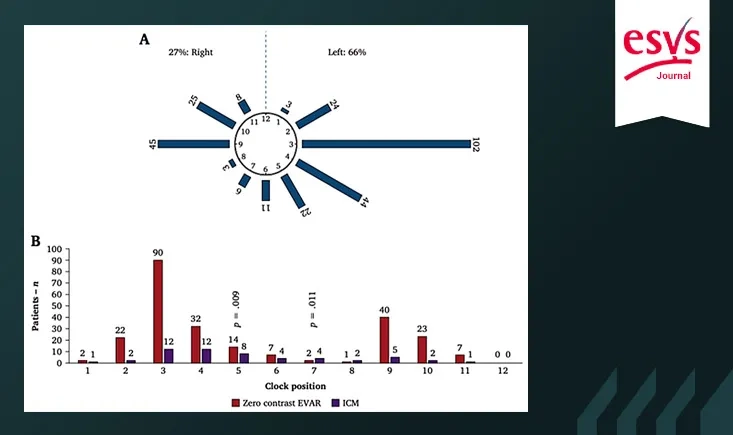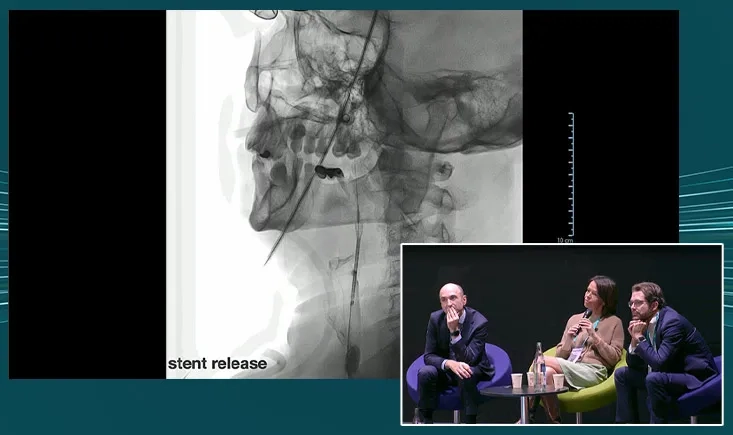Cases and resources in vascular techniques
This section provides a selection of cases and resources provided by experts in vascular techniques.
This retrospective two-center study evaluated the outcomes of cold-stored saphenous vein allografts (CSVAs) for hemodialysis access in 109 patients with end-stage renal disease. The results showed primary patency rates comparable to those of ePTFE grafts, with a lower risk of infection—supporting CSVAs as a promising alternative for vascular access in selected patients.
This large nationwide Swedish registry study compared the outcomes of both techniques in adult patients requiring a brachiobasilic arteriovenous fistula. While the two-stage procedure offered better primary patency, it also delayed functional use. Long-term results were similar, underscoring the need for individualized surgical decisions.
In this exclusive interview, Alexandre Oliny, member of the PVI 2024 Social Media Team, speaks with Lorenzo Patrone just after the first-ever PVI session dedicated to social media.
An 80-year-old patient with a complex vascular history presents with left carotid patch enlargement and tight stenosis before the venous patch. With previous strokes and surgical interventions, the case invites discussion on the best management strategy. What would you do next?
Discover key insights from the ALLIGATOR study on drug-coated balloon treatment for calcified nodules. Dr. Naoki Hayakawa, questioned by Dr. Masahiko Fujihara, explores the impact of nodular calcification on clinical outcomes after DCB angioplasty for femoropopliteal lesions. Watch now for expert analysis and future perspectives!
This study examines the effect of revascularisation timing on mortality and amputation rates in emergency CLTI patients. It found that delays, especially in those with tissue loss, led to higher one-year mortality, emphasizing the need for prompt treatment.
This single-center retrospective study assessed the safety and efficacy of popliteal access for endovascular treatment of iliofemoral occlusive disease in an office-based setting. Findings suggest that popliteal access is a safe and effective alternative for complex iliofemoral disease in outpatient care.
Speaking at the PVI 2024 session on complications and troubleshooting, Dr. Lakshminarayan shared his insights on embolisation and thrombosis—two closely linked challenges in peripheral arterial disease management.
This study explores the safety and feasibility of using CO2 angiography for standardised EVAR without iodine contrast. Involving 293 patients with asymptomatic abdominal aortic aneurysms, it shows that the zero-iodine protocol is effective in 82 % of cases and yields high procedural success rates.
Discover how the CGuard™ stent enhances plaque coverage, embolic protection, and precision in carotid artery stenting. Watch expert case reviews and clinical trial updates in this PVI 2024 session!
